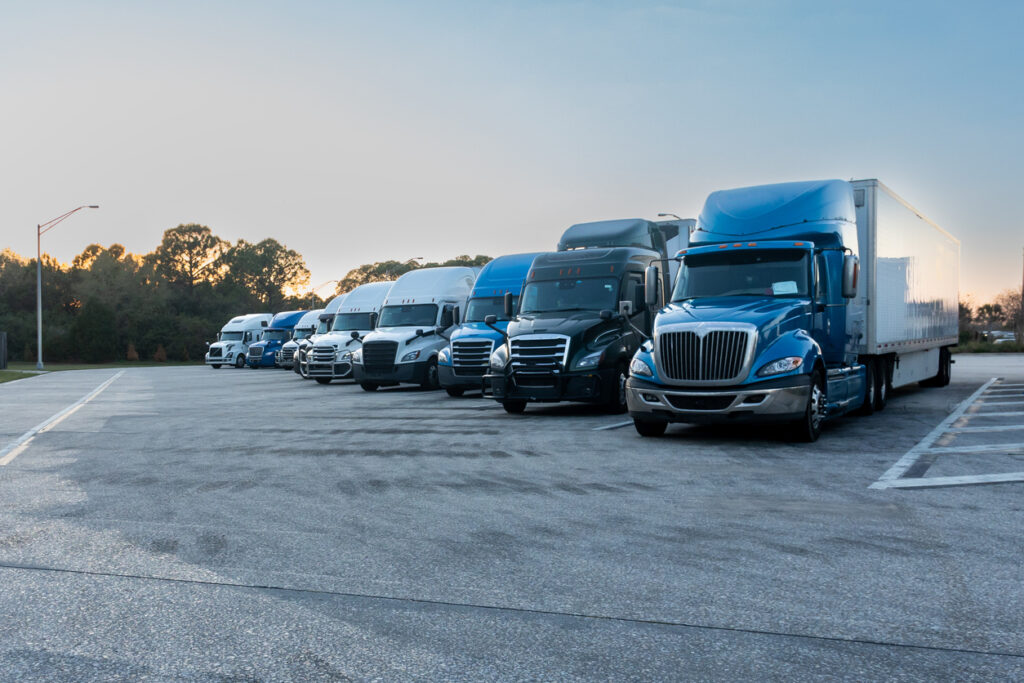
Workplace injuries and accidents can happen when you least expect them and can be very costly for business owners and employees. Not only do they impact insurance rates, but they can significantly strike one’s bottom line, too.
This article explores common workplace injuries and their impact on workers’ compensation insurance rates.
Causes of Workplace Accidents
In hindsight, many workplace accidents could have been prevented. There is always a lesson for business owners who can make changes going forward, preventing the same thing from happening again.
Below are a few common causes of workplace accidents.
- Overexertion
- Exhaustion
- Falls
- Trucking accidents
- Improper use of equipment
Taking precautions can reduce the incidence of injury and the financial burden that will follow.
Common Workplace Injuries
The accidents that occur in the course of an employee’s work can lead to a multitude of injuries, greatly depending on the cause and situation. A few of the most common workplace injuries include:
- Muscle strains and sprains
- Cuts/lacerations
- Burns
- Broken bones or fractures
- Loss of limb
- Back pain
- Neck pain
- Tendonitis
- Hernias
- Carpal tunnel syndrome
- Head injuries
Keep in mind that trucking companies are at risk for both accidents on and off the roadway, including injuries that occur on company property.
The Cost of Workplace Injuries
The prevalence of workplace injuries is quite high. For example, the total cost of work injuries in 2022 was about $167 billion, including the loss of productivity, medical expenses, and administrative costs according to the National Safety Council.
Many companies in many industries have faced big financial hits. But it is not just the medical expenses or lack of productivity that businesses have to deal with. Claims against workers’ compensation insurance can impact your bottom line for years to come.
How Workplace Injuries Impact Workers’ Compensation
When it comes to workers’ compensation, the average cost for a claim in 2020-2021 was $41,757. How does this impact your insurance rates?
Much like other types of insurance, mitigating risk is a necessary step for underwriters. Therefore, workers’ compensation insurance considers a few things when determining your premium rates.
How many claims have been filed? Insurance underwriters will look at the number of claims you have had. The greater the number, the more likely you are to face higher rates.
How large or severe were the claims? The severity of the claim matters as there is a big difference between an ankle sprain and a head injury from a trucking accident. The more severe your claims, the higher you can expect your rates to be.
What are the costs associated with the claim? Have there been large payouts resulting from your workers’ compensation claims? Things like medical bills and disability benefits can add up — and this will lead to an increase in rates.
Additionally, the following can also impact workers compensation rates:
- The number of your employees
- The risk involved in your line of work
- Average rates for your state or industry
Workers Compensation Insurance Designed For Your Business
The Daniel & Henry Company offers comprehensive insurance and risk management solutions. Our experts will work closely with you to design a workers’ compensation insurance program that is customized just for your business.
There are plenty of options available – let’s discuss them. Contact us today.


